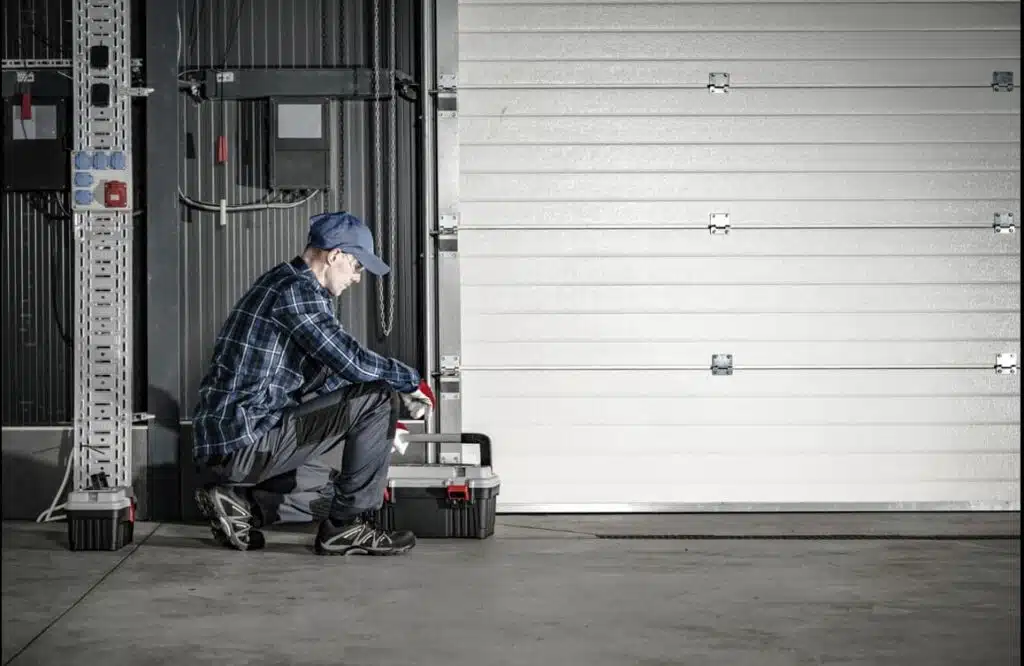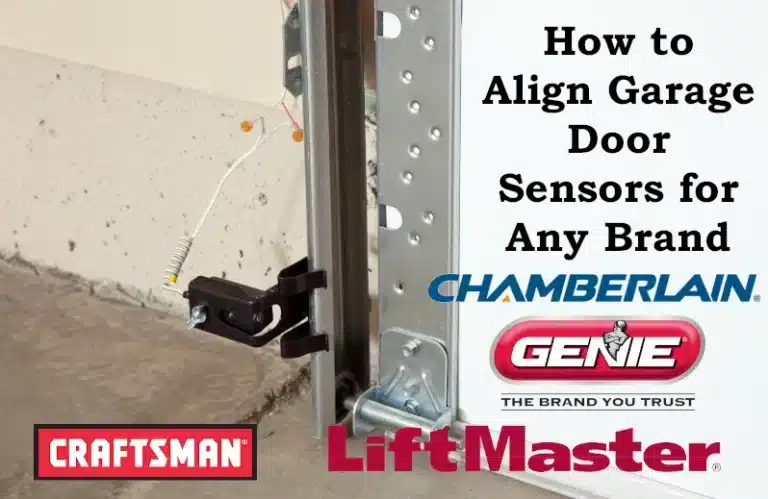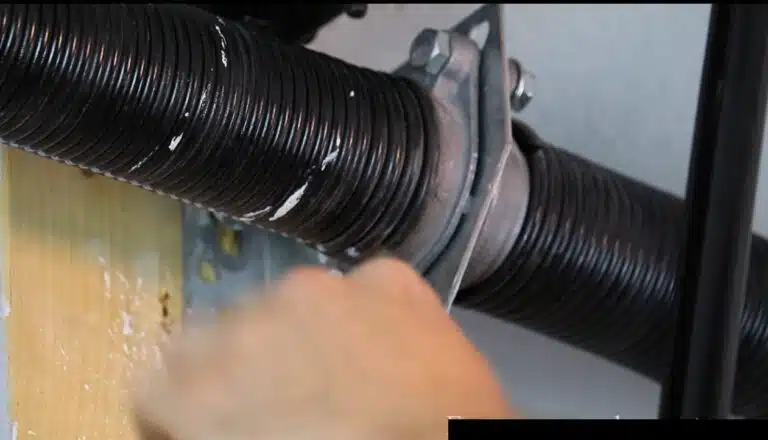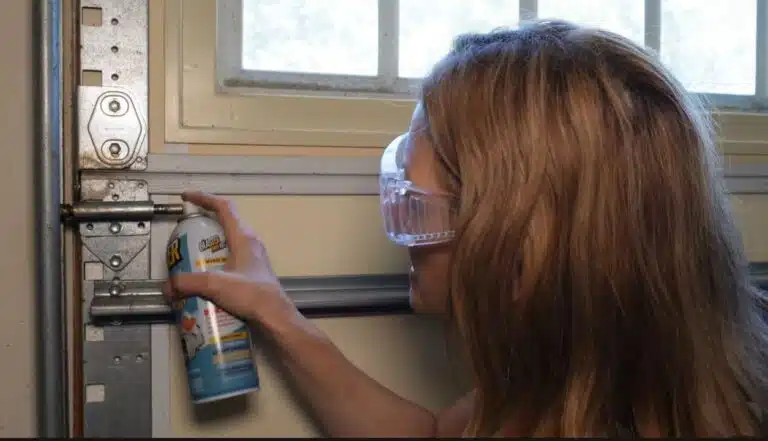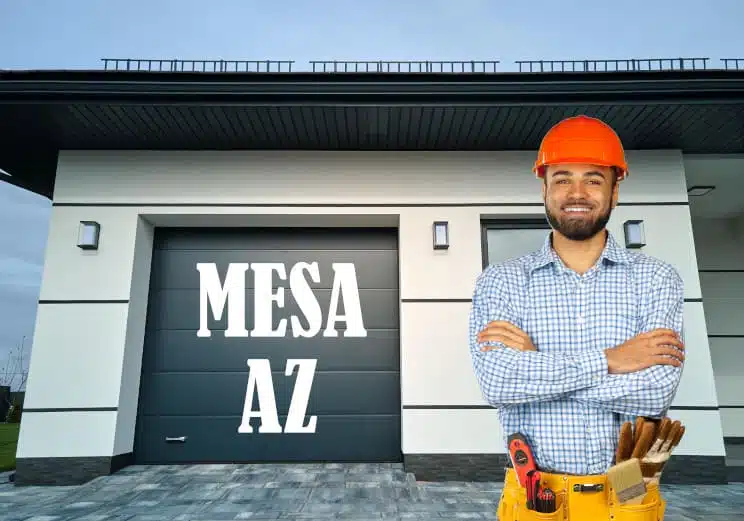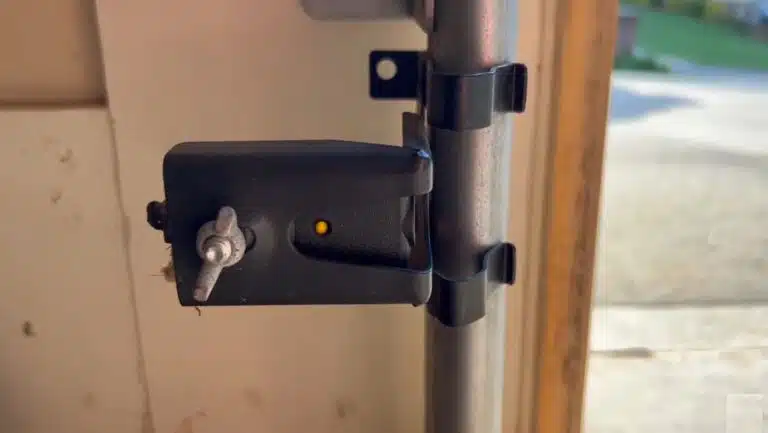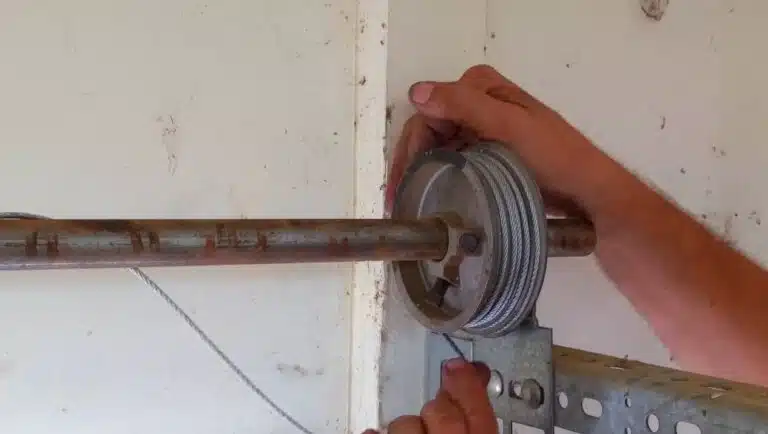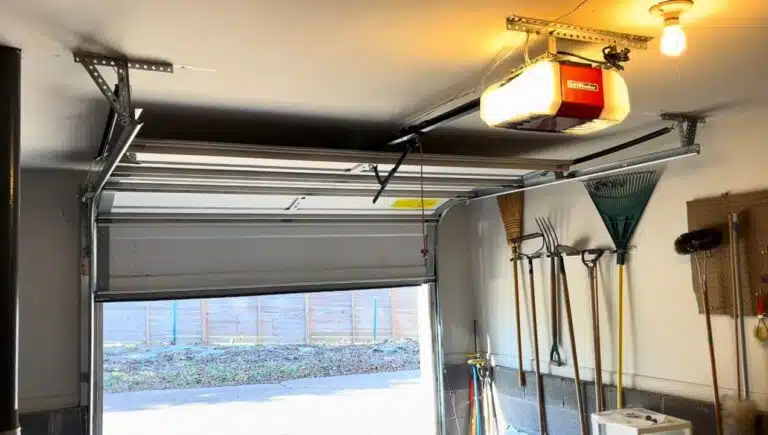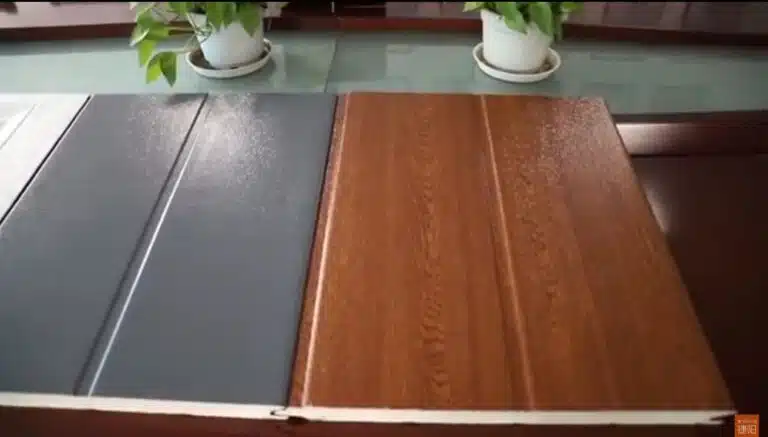Many homeowners take a well-functioning garage door for granted until something breaks. Fixing a garage door is essential in daily life, whether it is for security, knowing your belongings are safe, or the ease of parking without stepping out in the weather. But when problems develop, like a door that will not open, unusual sounds, or even dents, fixing them quickly can prevent disruptions to your schedule and ensure your safety.
This article’s smart, easy-to-follow tips are meant to help you with fixing those common garage door problems. We will show you everything you need to know to keep your garage door in great shape, no matter how much or how little experience you have with do-it-yourself projects. We have all the tips you need to make sure your system works perfectly for years to come, from how to find and fix problems to when to call a professional.
The Ultimate Guide to Fixing Garage Door Problems
Fixing Garage Door Openers
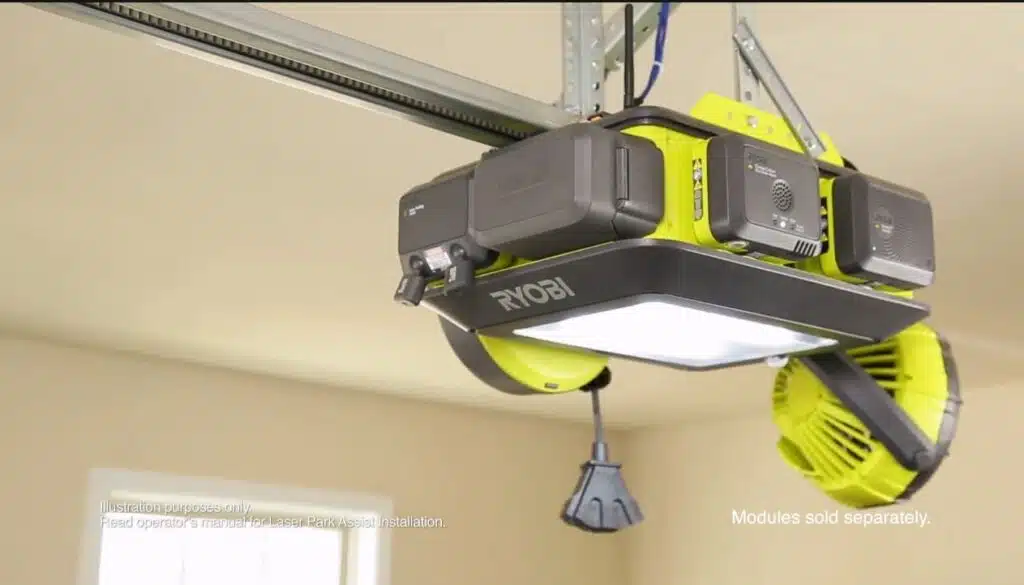
A garage door opener can break in a number of ways. The battery in the remote could be dead, or it could be something more complex, like a motor or circuit board that is not working right.
Troubleshooting Tips:
- Check the Power Source: Make sure the opener is plugged in and getting power. If you need to, turn the breaker back on.
- Replace Remote Batteries: Changing dead batteries in your garage door remote will help to explain opener problem. Change the batteries now and test the opener again.
- Inspect the Antenna: By positioning the motor unit downward and free of obstacles, analyzing its antenna will help to ensure suitable distance signal reception.
- Limit Settings: Should your garage door close and instantaneous reversal ensues, the limit settings may have to be adjusted. These choices define the path the door follows before halting.
Should you have tried these remedies and the opener still not operate, it could be a more serious problem such a burned-out motor or worn gears. For such issues, you would be better off consulting an expert.
Fixing Garage Door Cables
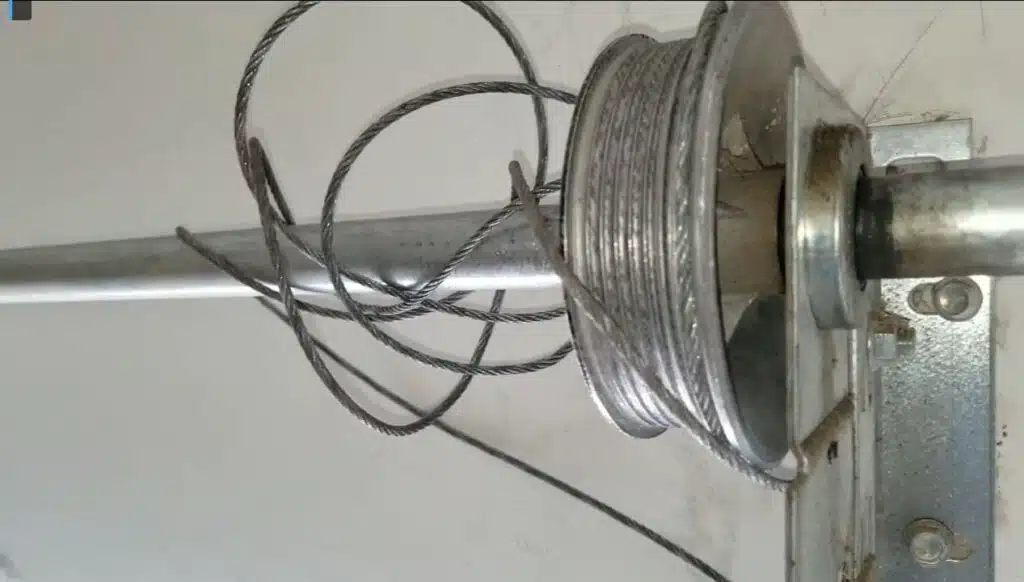
Lifting and lowering the door is the job of garage door cables. Should a cable break or tear, the door will become imbalanced or stuck, therefore impeding opening or closing. As you check the cables, look for obvious wear including kinking or fraying.
DIY Tip: Make sure to use these safety measures even if you feel competent with high-tension cables:
- Release Tension First: Release the tension from the garage door springs first before doing any repairs.
- Use the Right Tools: Get pliers and a winding bar ready to guarantee a safe and seamless repair.
- Replace Both Cables: Replace both cables at once if one should be damaged in order to ensure even wear and balance.
If you are unsure, it is advisable to consult a garage door expert weighing the risks involved, especially with tensioned components.
Fixing Garage Door Springs
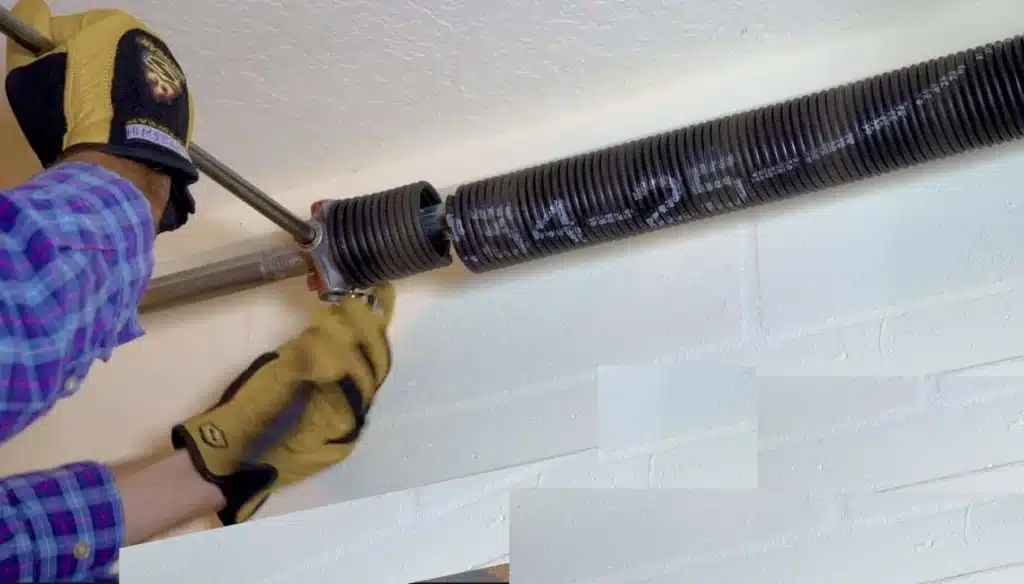
The garage door spring is among the most dangerous components one might fix or repair. This is thus due to their a lot of tension. It would be really dangerous if the door spring broke and dropped on someone or something. If the door does not open or closes either or if it feels heavy when you open or close it by hand, most likely the spring is broken.
Two basic kind of springs are torsion springs, above the door, and extension springs, on either side of the door.
Signs of a Broken Spring:
- A loud bang when the spring breaks.
- The door slams shut or won’t open.
- Gaps or separation in the spring.
Why You Need to Call a Professional: Although some try to repair springs themselves, this can be really dangerous. Professionals have the tools and skills to carefully relieve the tension and install fresh springs without damaging anything.
Fixing Garage Door Dents
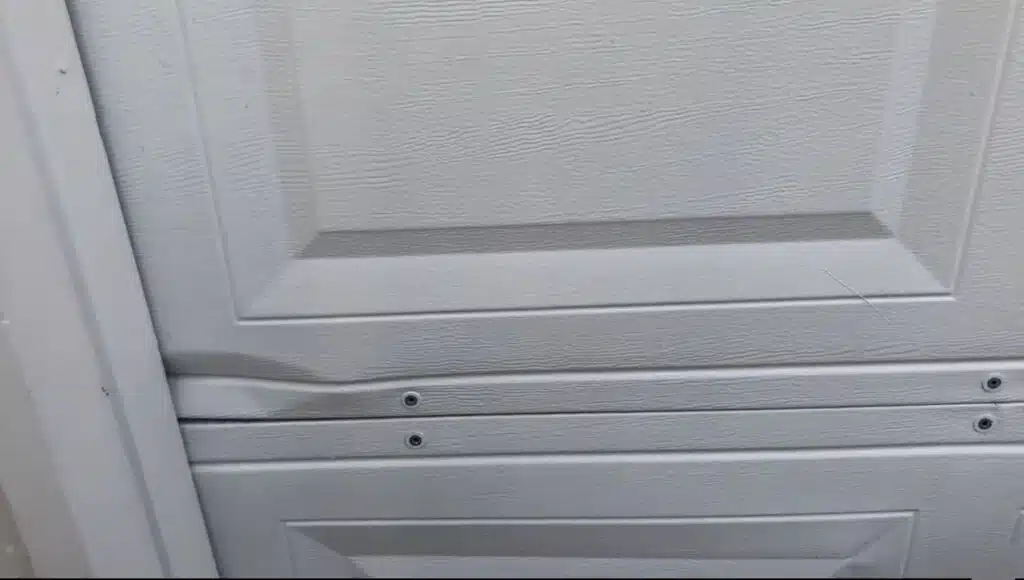
Especially steel or aluminum garage doors are prone to dents. These might come from cars, sports equipment, or even strong storms. Dents can throw off the balance of the door and create problems with functioning.
Using a wooden block and a rubber mallet, gently tap minor dents out from the inside. The boiling water method or hairdryer and compressed air approach is a procedure for more resistant teeth. You might be able to pop the dent back into place by heating the part then fast cooling it.
Panel replacement might be a better fix if the dent is severe and compromises the construction of the door. Big dents can also strain the motor of the door, therefore quick resolution of the problem helps to stop more damage.
Fixing Garage Door Openers (Advanced Issues)
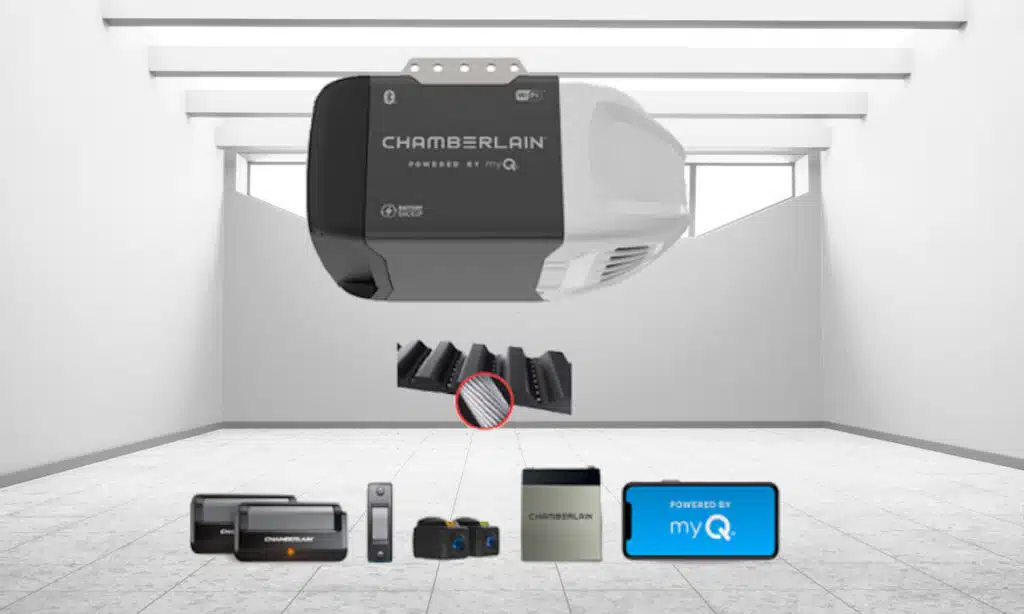
In addition to basic issues such as power problems and remote failures, advanced problems can occur with garage door opening devices. Many modern locking devices are equipped with smart technology, allowing them to connect to a Wi-Fi network and be controlled via mobile apps. If certain functionalities become inoperable, it is possible that a software upgrade will be required. Additionally, it is important to determine whether or not there are any obstructions between the sensors that could prevent the door from reaching its full closing.
There are electronic locks that come with what are known as backup battery systems. It is possible to resolve the issue by replacing the backup battery in the event that the door opening tool does not function at the time of the power outage.
Fixing Garage Door Side Gaps
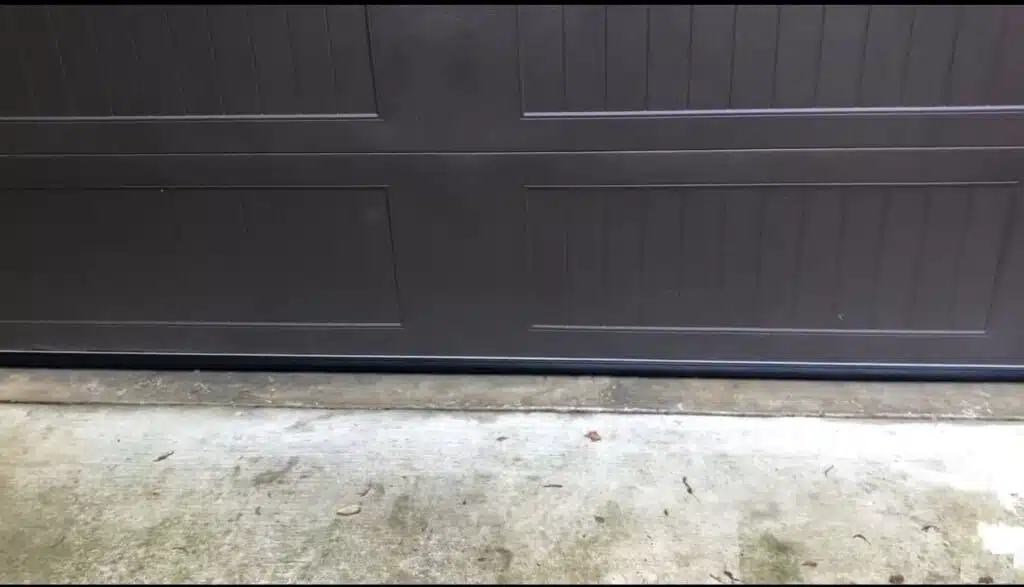
The gaps along the sides of your garage door may seem harmless, but they can lead to many problems, including drafts, pest infestations, and even security vulnerabilities. The most common reason is misaligned tracks or worn weather seals.
To fix side gaps:
- Adjust the Tracks: Misaligned tracks can cause the door to not align evenly. Loosen the track mounts and realign them before tightening the screws again.
- Replace Weatherstripping: If the gaps are small, new weatherstripping can fill the gap and improve insulation. Measure the height of the door and buy weatherstripping of the correct size.
Larger gaps may require professional door realignment or even track replacement.
Fixing Garage Door Chains Off Track
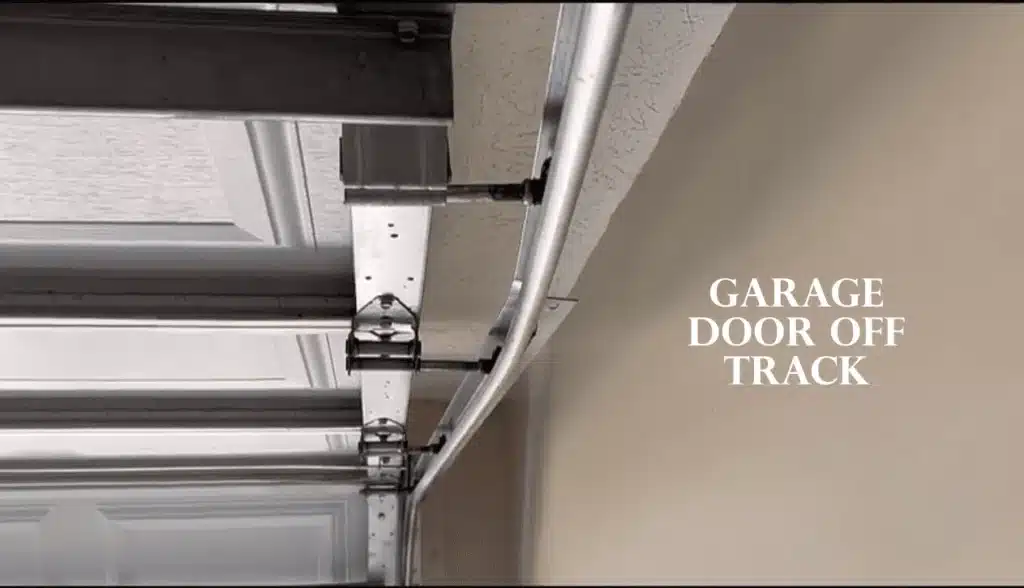
The garage door chain may come off track for various reasons, such as excessive force, misalignment, or natural wear and tear. When this situation arises, the door might become stuck or cease to function properly.
To fix this problem:
- Check the Chain Tension: If the chain is too loose, it may derail. Adjust the tension according to the manufacturer’s recommendations.
- Lubricate the Chain: Lack of lubrication can cause friction, leading to more frequent deviations.
- Realign the Track: If the chain frequently disconnects, the entire opening mechanism may be unbalanced. I disassemble the installation supports, readjust the track, and then tighten the supports.
Fixing Garage Door Pulley Cables
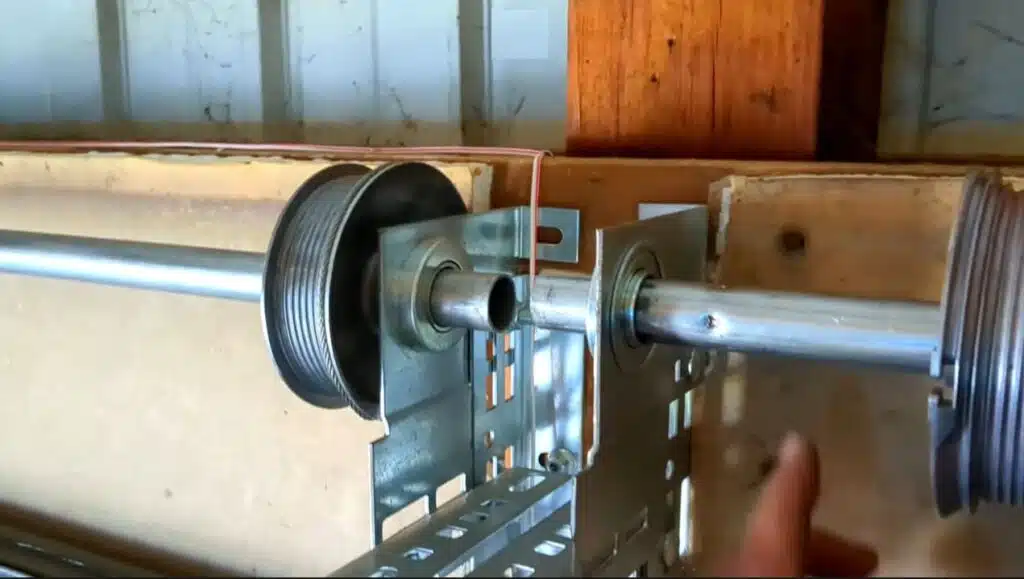
Cable problems are most likely to happen with garage doors that use a pulley system. Cables can fray or move out of place over time, which can make the door move unevenly or not open at all.
To fix a pulley cable problem:
- Release Tension: As with spring repairs, releasing tension on the door is critical. Use a tension relief tool to do this safely.
- Check the Pulleys: Make sure the pulleys are in good working order and are free of cracks or wear.
- Replace the Cable:Replace the visibly frayed cable with a new one of the same size and material.
Always be mindful of the risks when working with high-tension components, and don’t hesitate to hire a professional for pulley repairs.
Fixing a Bent Garage Door
A bent garage door isn’t just an unwanted sight; it can also interfere with the door’s operation. Bending tracks or panels can cause misalignment, motor strain, and noise when opening or closing.
If you notice a small bend, you can try to fix it yourself by following these steps:
- Heat the Metal (if needed): Use a hair dryer to heat the area around the bend, making it more malleable.
- Put a block of wood on the inside of the bend and gently hammer it in place to straightify the door.
- The panel should be strengthened. Should it be truly bending, metal supports or braces should be included to straighten it out.
Should the door not close all the way or bend significantly, the damaged panels might have to be replaced.
Fixing Garage Door Panels
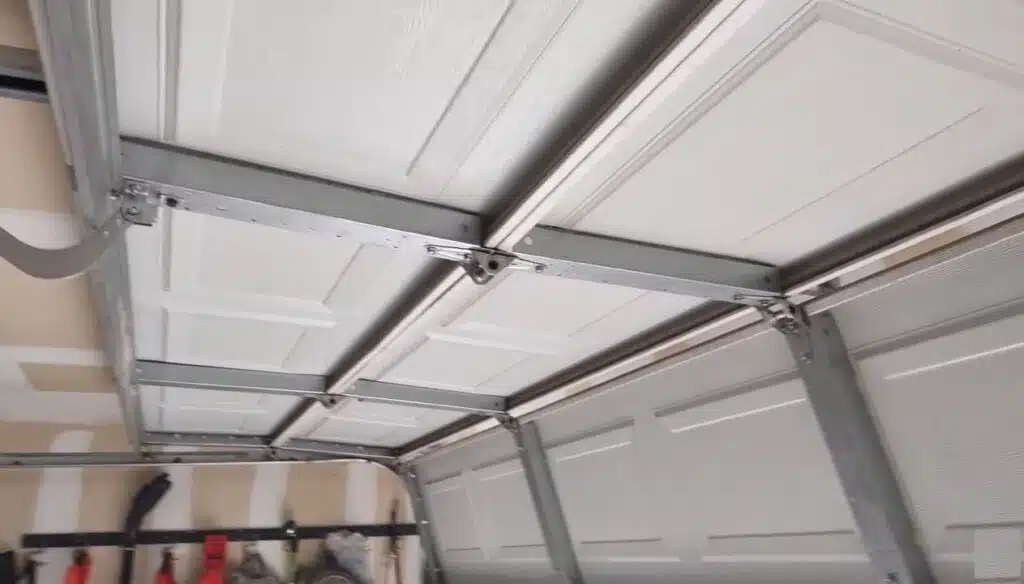
Panels on garage doors can get broken by weather, accidents, or even just getting old. A more cost-effective option is to replace just one panel instead of the whole door. To keep the look consistent, make sure that the new panels are made of the same material, are the same color, and have the same design as the old ones.
How to Change a Panel:
- Take off the Broken Panel: Unplug the garage door opener and carefully take off the panel by unscrewing the rollers and hinges.
- Install the New Panel: Put the new panel where it needs to be, reattach the rollers and hinges, and make sure it lines up with the other panels.
- Test the Door: Manually lift the door to ensure it opens and closes smoothly without sticking to the new panel.
Replacing panels requires some mechanical skill, so if you’re unsure about tackling this on your own, consider hiring a professional.
Fixing a Garage Door Not Opening
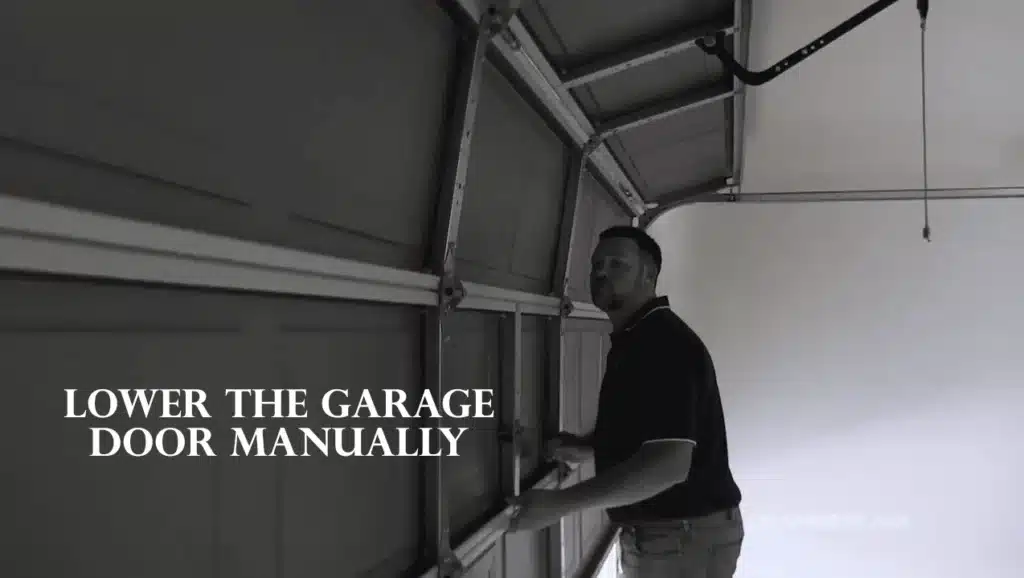
One of the most annoying problems is a garage door that will not open, whether you try to open it by hand or with an opener. This could be because of many things, like broken springs, dead remote batteries, lost power, or even tracks that are stuck.
How to diagnosis:
- Make sure the wall button is properly connected and the batteries in the remote are charged.
- Look over the Springs for obvious wear-through or damage. Balancing the door will help you to see whether the springs still in good condition.
- Clear the Tracks: Debris in the tracks can prevent the door from moving smoothly. Clean and lubricate the tracks as needed.
Is something else wrong if none of these solve more important problems? Maybe a motor or a broken circuit board.
Fixing Garage Door Motors
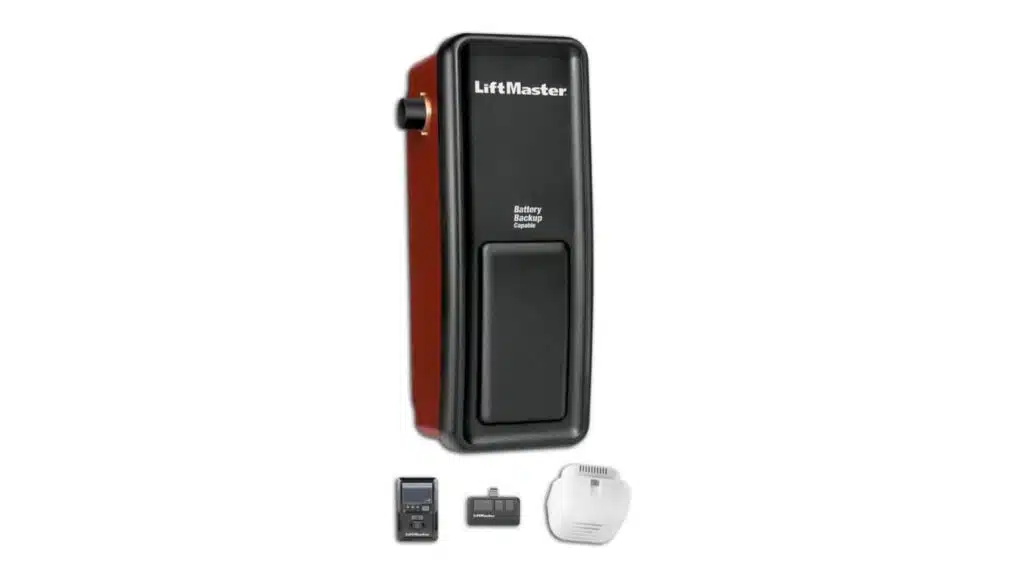
If your garage door motor is making noise but the door isn’t moving, the motor’s internal gears may be stripped. This is a common issue in older garage doors or heavily used systems.
Fixing the Motor:
- Inspect the Motor Housing: Open the motor’s casing and check for stripped gears or frayed wiring.
- Replace Worn Gears: Many models come with gear replacement kits that are pretty easy to put together.
- Upgrade to a New Motor: If the motor is too old or broken, it may be cheaper in the long run to replace it with a new, energy-efficient one.
Motor problems can be hard to figure out and fix, so if you are not sure how to take the unit apart, it is best to call a technician.
Replacing Garage Doors
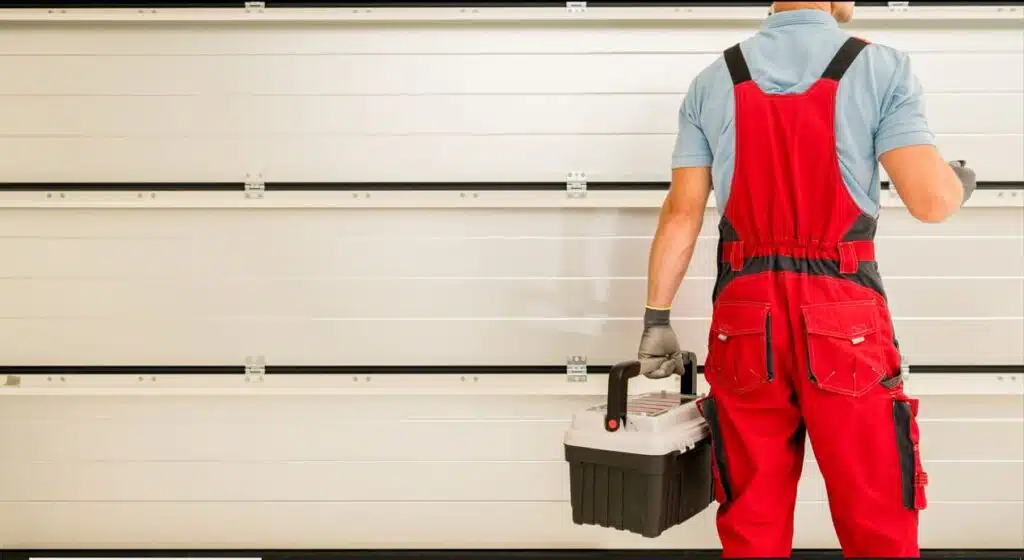
When repair costs start to pile up or the door has extensive damage, replacing the garage door might be the best option. A new garage door can boost your home’s curb appeal, improve energy efficiency, and provide better security features.
Categories of Garage Doors to Think About:
- Steel Doors: Popular choice are durable and low-maintenance steel doors.
- Wood Doors: Though they look classic and elegant, wooden doors need constant maintenance to avoid warping and cracking.
- Aluminum Doors: Coastal areas would find lightweight, rust-resistant aluminum doors perfect.
Fixing Garage Door Rollers
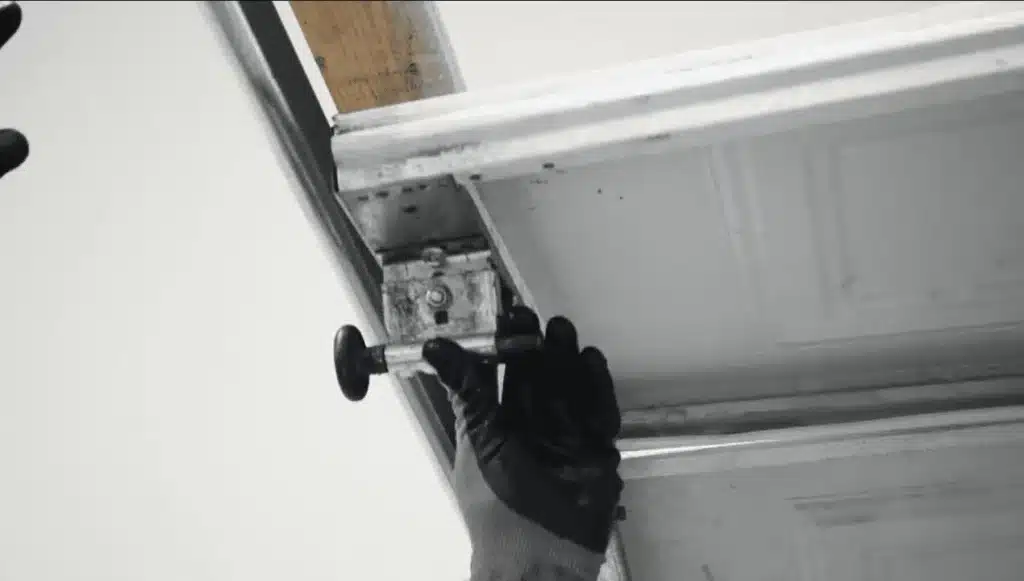
Garage door rollers help the door to glide down the tracks without incident. Over time, these rollers could wear out or become misaligned, which would cause the door to stick or create unusual sounds. While replacing old rollers is simple, be sure your specific door model calls for either nylon or steel. Also prolonging the life of the rollers is consistent lubrication of them.
Fixing Misaligned Tracks
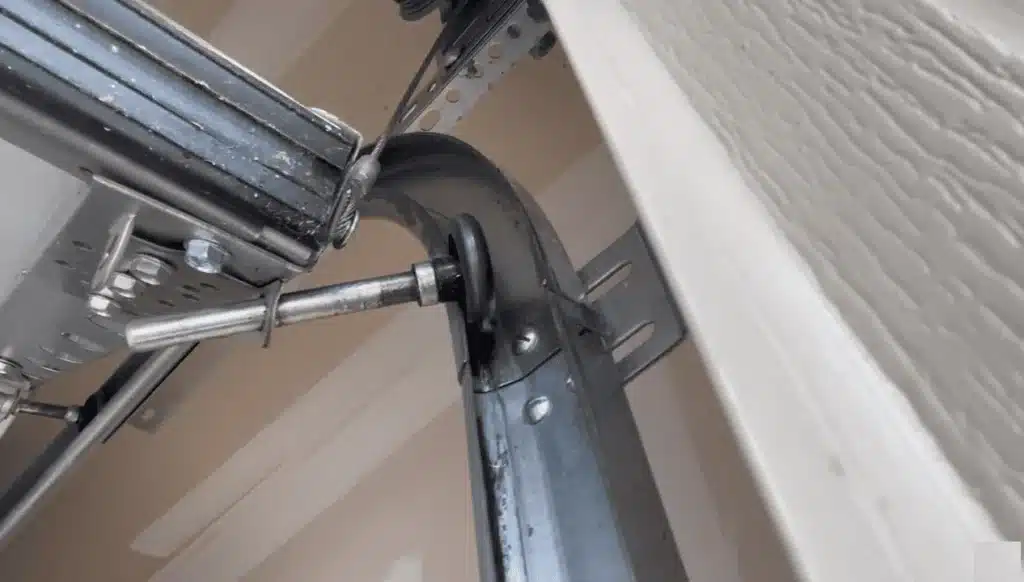
Should your garage door be off-kiltered or not move smoothly, you might have misaligned tracks. This can arise from either loose brackets or track obstructions. To fix this, loose the screws on the track bracket, realign the tracks, and retighten the screws. Search the track for trash or dents to help clarify the misalignment.
Fixing a Noisy Garage Door
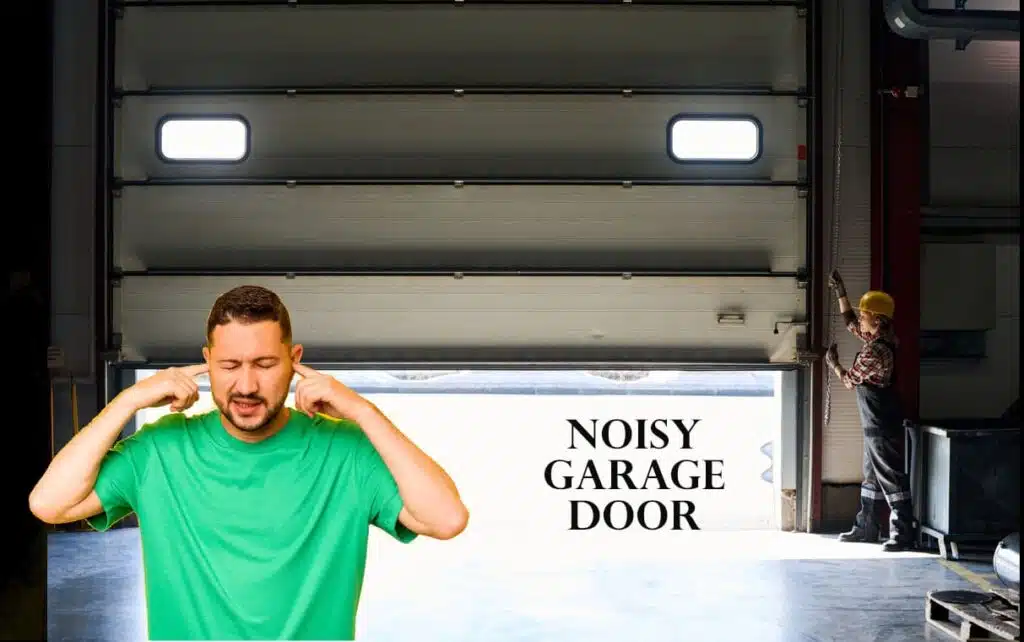
A noisy garage door can be annoying and be a sign of bigger problems. Grinding, squeaking, or rattling sounds coming from your door could be caused by worn-out rollers, not enough grease, or hardware that is not tight. Tightening nuts and bolts and using garage door lubricant as part of regular maintenance can cut down on noise.Parts like hinges and rollers need to be changed every so often.
Preventive Maintenance for Garage Doors
One of the best ways to avoid frequent garage door problems is by performing regular maintenance. A little care goes a long way in keeping your door running smoothly.
Maintenance Tips:
- Lubricate Moving Parts: Lubricating the rollers, hinges, and tracks every few months can prevent wear and reduce noise. Use a silicone-based lubricant, as it won’t attract dirt and dust.
- Test the Door’s Balance: Disconnect the door from the opener and manually lift it halfway. If it stays in place, the door is balanced. If it falls, the springs may need adjusting.
- Check the Auto-Reverse Feature: Place an object under the door and close it. The door should automatically reverse when it contacts the object. If it doesn’t, the safety sensors may need realignment or cleaning.
- Inspect Weatherstripping: Over time, weatherstripping can crack or wear out, leading to drafts and increased energy costs. Replace it as needed to maintain a tight seal.

